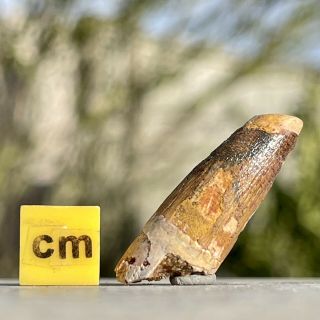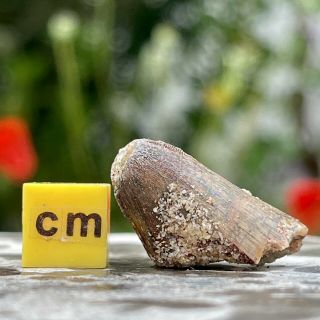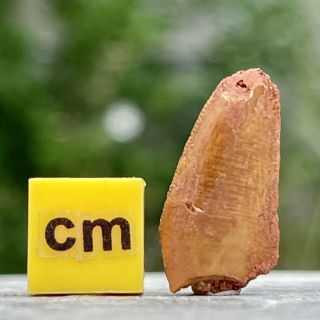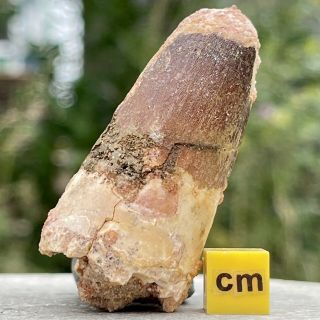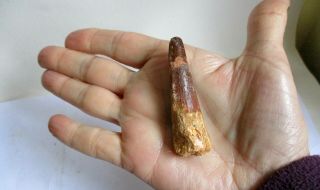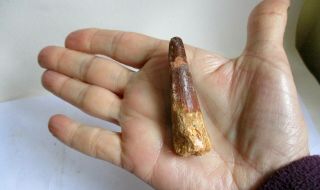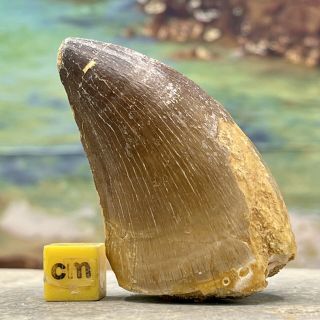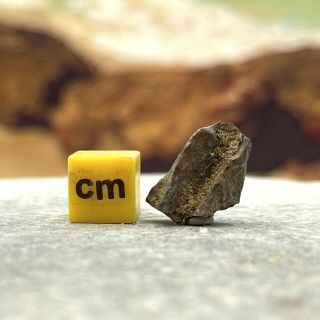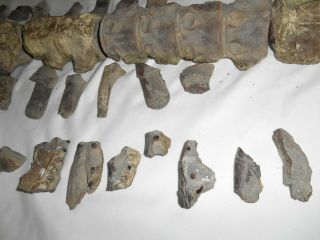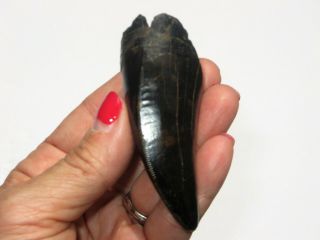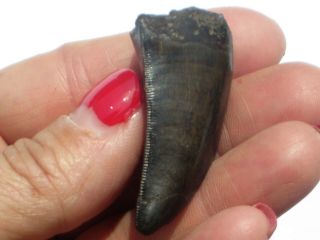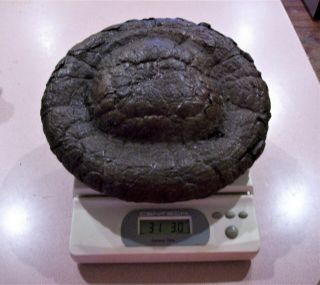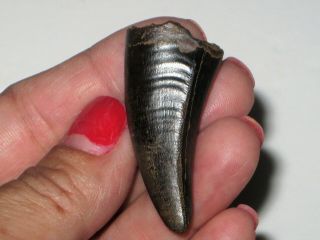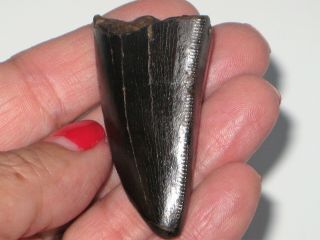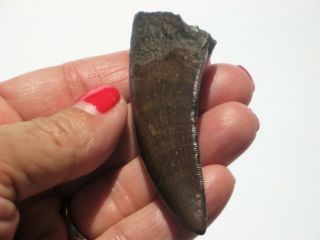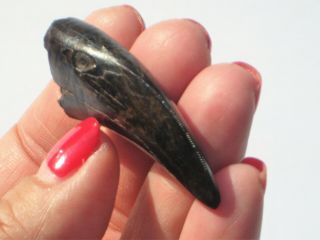Spinosaurus Dinosaur Tooth Fossil Morocco Cretaceous FSE177 ✔100
Item History & Price
| Reference Number: Avaluer:55864743 | Shape: Natural |
| Type: Fossils | Modified Item: No |
| Sub-Type: Dinosaurs/ Reptiles | Country/Region of Manufacture: Morocco |
| Finish: Unpolished |
**Please note: Some fossils maybe propped up for photo purposes**
Specimen: Spinosaurus Dinosaur ToothAge: Cretaceous Location: MoroccoSize: 46 x 18 x 18mm (1.81 x 0.71 x 0.71 inches)Spinosaurus, which means Spine Lizard, is a genus of Theropod Dinosaur that lived during the upper Albian to upper Turonian stages of the Cretaceous period, around 112 to 97 m...illion years ago. This dinosaur was among the largest of all known carnivorous dinosaurs, possibly outgrowing Tyrannosaurus & Giganotosaurus, and was recognisable by a long crocodile-like snout & a large spine sail on its back. Spinosaurus was well adapted to roaming land or water, much like a modern-day crocodile, making it one of the first dinosaurs that could swim successfully and choosing to spend most of its life in water than on land! The mouth of this dinosaur housed an assortment of teeth: two giant canines jutting out of its front upper jaw, a few bigger ones set further back in the snout, and a variety of straight, conical, grinding teeth in between. This most likely reflected Spinosaurus' varied diet, which included not only fish but occasional servings of birds, mammals, and possibly even other dinosaurs.
ACTUAL AS SEEN: The image shows the EXACT specimen you will receive. The specimen has been carefully hand selected and photographed. Measurements are as accurate as possible, though be aware measuring precise dimensions can be difficult from irregular shaped items. Whilst we portray colours as close to life-like as we can, colours will vary if taken in sunlight, indoors, from monitor to monitor and device to device. Once this specimen is sold, we will update this listing with new similar selected item, with a new photo and dimensions.**Please note the following:1) This items picture will change once we update the listing to a new replacement specimen after this specific item has been sold, this action will cause the picture in your purchase history to also change to the new image.2) The picture will also change if you've had the item in your basket for a while and someone else buys it during that period (having items stored in your basket does not remove that listing from the view of other customers, meaning it will still be active on eBay).3) We would suggest saving, or taking a screenshot of the items image as soon as you have purchased it for your own records of comparison for once the item has been received in the post. We also keep a record of every image we upload.
What is a fossil?
The word Fossil used to be defined as ‘something dug up’. Now-a-days it generally means ‘The remains or trace evidence of prehistoric life’. The study of fossils is called palaeontology; someone who collects and studies them is called a palaeontologists. Fossils can be as tiny as a grain of pollen or a seed for e.g. or as huge as a limb bone from a giant dinosaur. For animal or plant remains to have become ‘fossilised ‘, they must go through a certain process that preserves them for up to millions of years after they have died. Usually it is only the hard parts of plants and animals that survive this long process.How Fossils Formed
The most common method of how fossils formed is once an animal or plant dies it falls to the ground, then is covered by sediment. This is often sediments brought from water. In the diagram above, the Ammonite died in a river, and sediments over time covered the ammonite (shown in the second diagram). Finally after hundreds of thousands, or millions of years, the land is eroded and the fossil can be seen.Of the vast amount of prehistoric life that died, it is only a tiny amount that has survived the fossilisation process. The conditions when the majority of life died were just not right at that time to preserve them. Most fossils are found in sedimentary rocks which were formed from the sediments of rivers, lakes and seas. The majority of the animal and plant fossils we find today had originally died near these areas, got broken up and deposited on the beds of the rivers, lakes and seas. The sediments covered them and over time some of the layers grew so thick that many of them got crushed. The sediments compacted and over time and turned to rock. The rocks shifted, moved and became exposed to the elements. This process can take up to several hundred million years. Now as the rocks erode or are quarried for example, the fossils become exposed and can be collected.The Best conditions for Fossilisation1. The quick burial of animal remains in moist sediments. This prevents scavengers from eating and bacteria from decaying them.2. The quick burial in volcanic ash. Many dinosaur bones in the American west have been found buried in volcanic ash.3. The presence of hard body or plant parts, teeth, bones, shell and wood for example.4. Unchanging temperature conditions.5. Ground water that is heavily mineralised.6. Sediments that are very fine make a better burial than coarser gravels.7. Calm conditions, so that remains are not broken up (by wave or currant action for example)
Powered by eBay Turbo Lister




